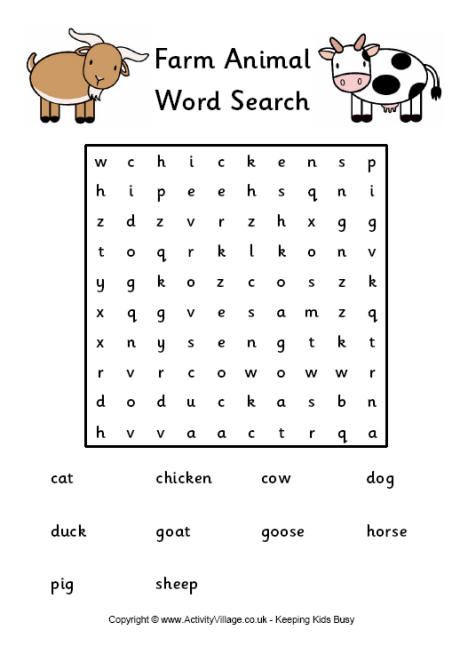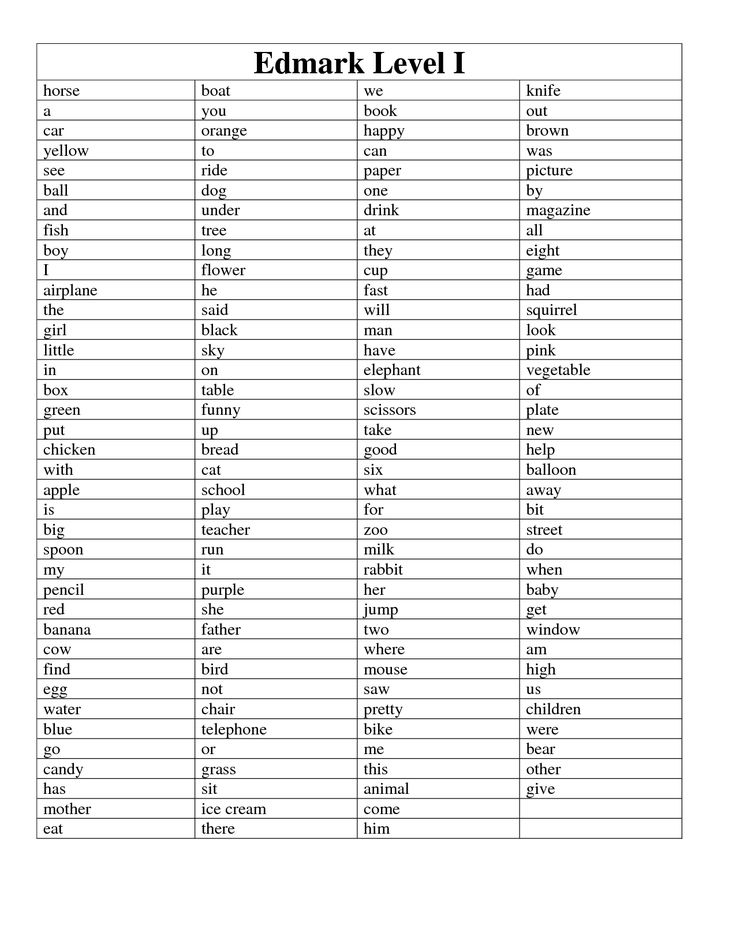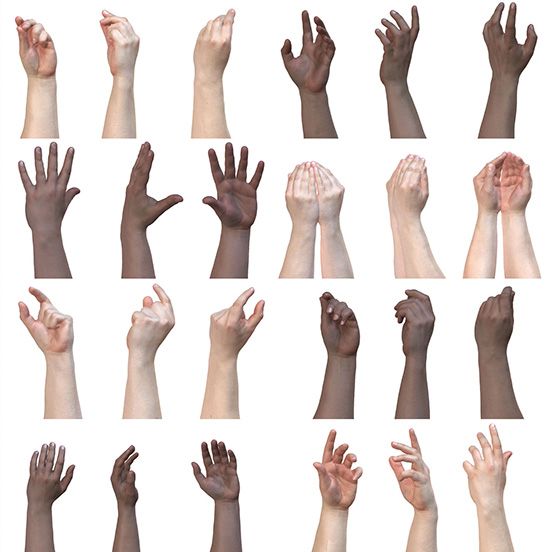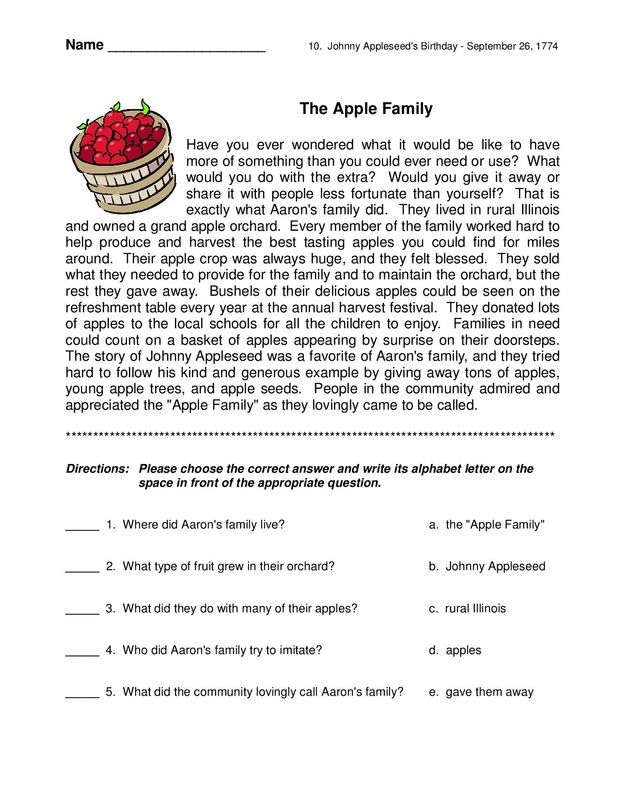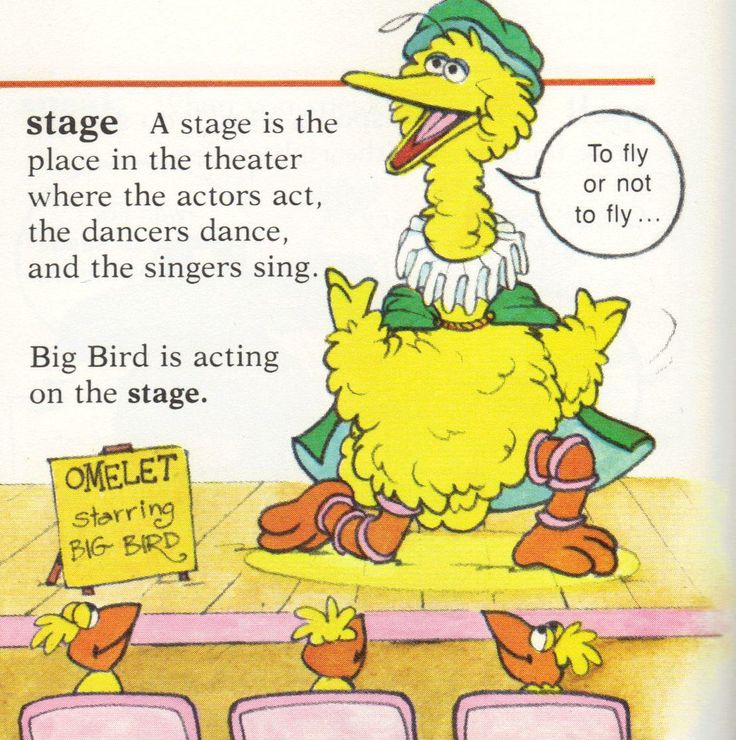Quick brain breaks
Brain Break Ideas to Help Students Reset and Refocus
Imagine you’ve been working with your students on a difficult new concept. You’ve all been hard at work for around 15 minutes.
But as time goes by, you begin to spot the tell-tale signs: blank stares, wiggles and fidgeting, and sighs of frustration.
Your students are losing interest and focus by the minute.
How can you get your class back on track and ready to learn again? This is an important concept, but clearly you’ve all had enough, and recess is hours away.
Sounds like it might be time to try a brain break.
What Are Brain Breaks?
A “brain break” is an activity that takes you away from hard mental work and allows your brain and body to reset. Examples include:
- Movement breaks, which are physical activities like stretches, yoga poses, jumping jacks, push-ups, or a quick dance party.
- Mental breaks like deep breathing, mindfulness exercises, playing a game, or doing an art activity such as a printable coloring page.
These are meant to be quick and easy—a short break anywhere from three to five minutes can be enough to reset the mind and get students ready to learn.
Brain breaks, while often used for younger students, are useful for any age group (adults included!). When planning these breaks, a general rule to follow is that a three to five minute activity is appropriate for every 10 to 15 minutes of concentrated work time for elementary students, and every 20 to 30 minutes for middle and high school students.
Why Are Brain Breaks Important?
The brain is a powerful computer, and like any computer, it needs time to process. When we work intently on a project or focus on an activity, we need time to understand and synthesize that information. Just as you only have a certain amount of physical stamina to go for a run, you also have a limited amount of mental stamina to work on a project. Brain breaks are vital for helping our minds process what we’ve learned.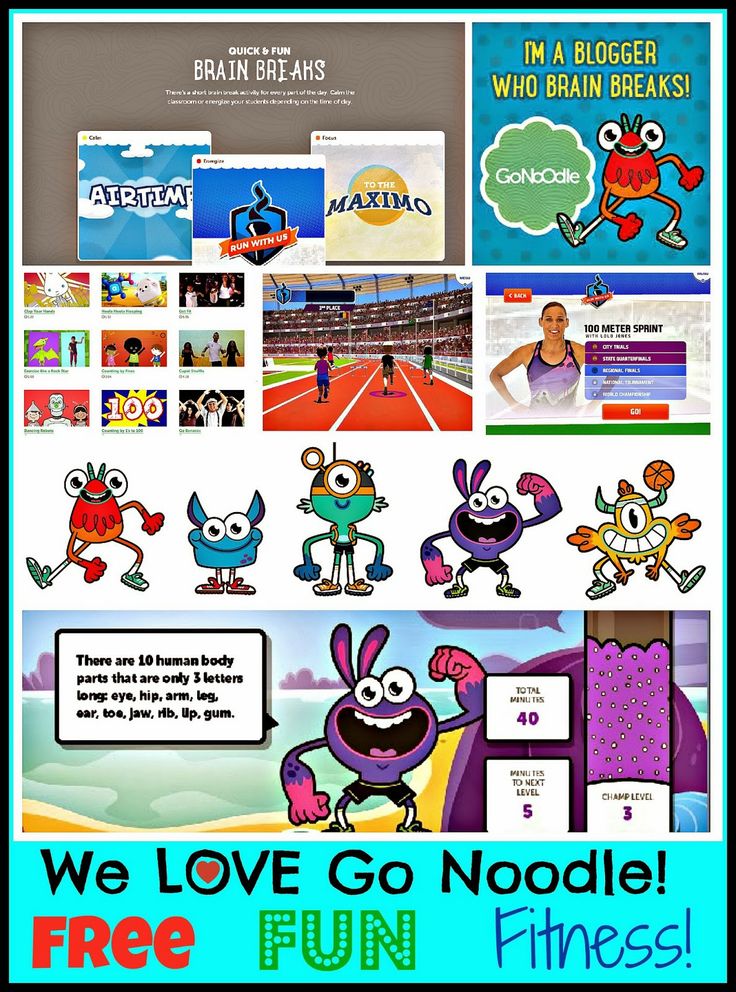
You might be wary to take time out of the day for a break, especially when students have so much material to learn. You may be concerned that a break would disrupt the entire class, and it would be hard to get students back on track.
However, many educators use brain breaks as a powerful classroom management tool. Research shows that brain breaks allow young minds to reset and recharge. They replenish the attention, motivation, and energy levels needed to keep learning. Students also learn better when lessons are broken up into smaller segments. This is especially true for younger children, whose attention spans are still developing.
Here are two brain break ideas from leading SEL organizations that you can use in your classroom to help your students refocus and be ready to learn.
1. Calm Breathing Techniques
2. Growth Mindset Musical Plates
| Pro Tip: Through Panorama's Playbook, schools and districts that partner with Panorama can access research-backed lesson plans and interventions from leading social-emotional learning curriculum providers such as Open Circle, The Rooted School, and many others! |
Brain Break Activities For the Classroom
Calm Breathing Techniques
Courtesy of Open Circle
Overview: Help students understand what it feels like to be calm and to learn and practice several breathing techniques to help them calm down.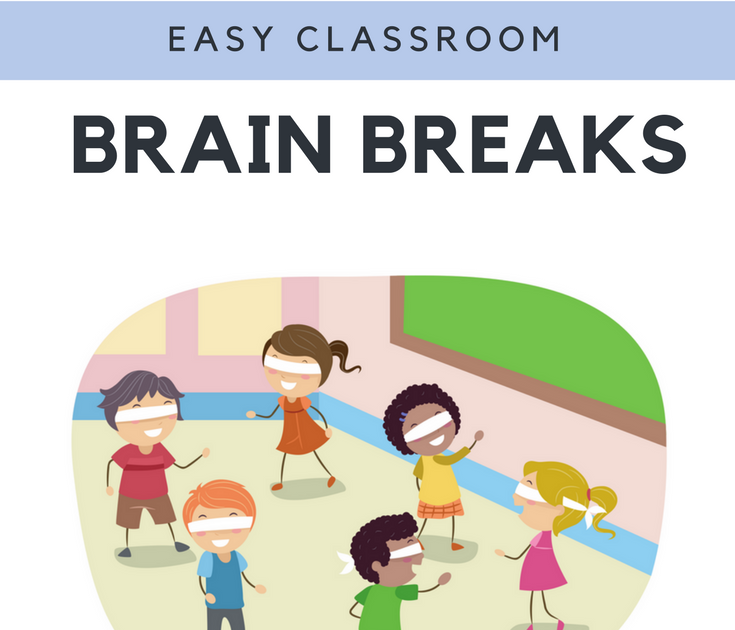
Instructions for Implementation:
Invite students to think about what makes them feel calm and relaxed (e.g. listening to music, reading a book, lying down). Share with students the following breathing techniques that they can use when they want to feel calm.
- Balloon Breathing: Sit in a relaxed, comfortable position. Breathe in slowly through your nose, filling your belly with air like a balloon. Breathe out slowly. Have students practice this technique a few times.
- Flower Breathing: Breathe in through your nose, imagining the fragrance of a sweet-smelling flower. Breathe out with an “ahhh” sound. Have students practice this technique a few times.
- Blowing Bubbles: Imagine that you have a jar of bubbles in front of you. Take off the lid. Dip the wand into the bubbles. Take a deep breath and fill your belly with air. Now take the wand out of the jar, breathe out very slowly in order to blow a large bubble, without popping it.
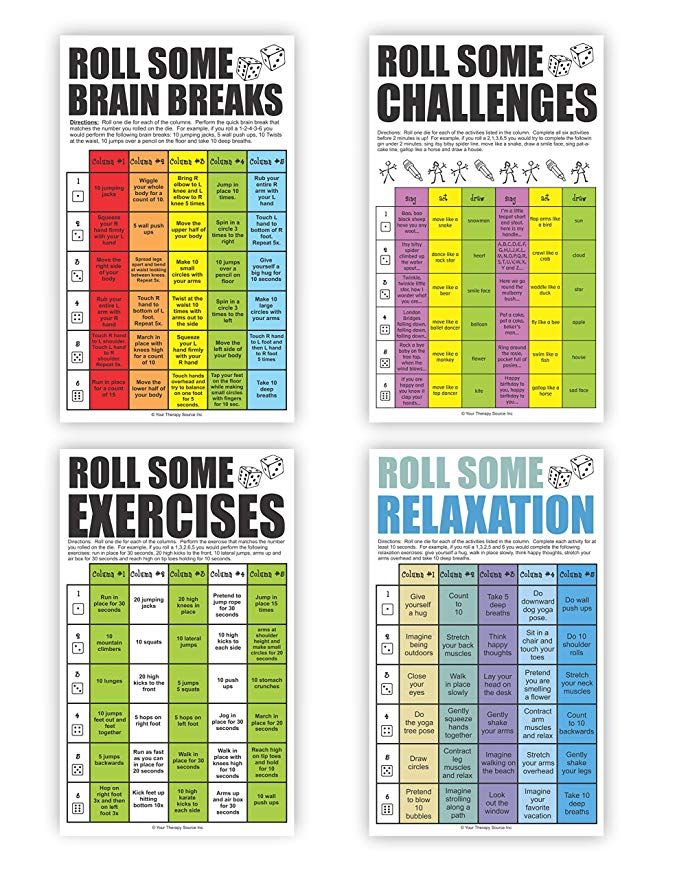 Repeat these steps to blow more bubbles.
Repeat these steps to blow more bubbles.
Ask students which technique they like best and suggest that they practice that method. Tell students that knowing and practicing calm-breathing techniques can help them be strong learners, helpful friends and successful problem-solvers.
Click here to access instructions for adapting this practice for virtual use/distance learning.
Join Jason Ernest Feldman, Professional Learning Manager at Panorama Education, in practicing Balloon Breathing:
| Pro Tip: Deep, calm breathing sends oxygen throughout the body, and can be a helpful tool for resetting the brain when feeling stressed or overwhelmed. |
Growth Mindset Musical Plates
Courtesy of The Rooted School
Overview: When faced with a frustrating challenge, it is a good idea to take a step back and make sure we are calm and ready to use our growth mindset skills. Sometimes we get “stuck” in our old mindset. Use this quick and easy physical brain break as a fun way to get students moving and help retrain brains for growth mindset thinking.
Supplies:
- Paper plates
- Something to write with
Instructions for Implementation:
Decorate the plates with positive self-talk phrases. Here are some ideas:
- Challenges help my brain grow
- Practice makes progress
- I can’t do it...YET!
- I can do hard things
- This is tough, but so am I
- I’m learning from this
- I’m doing my best
- My best is enough
- Challenges make me stronger
Place plates face down on the floor or ground in a circle.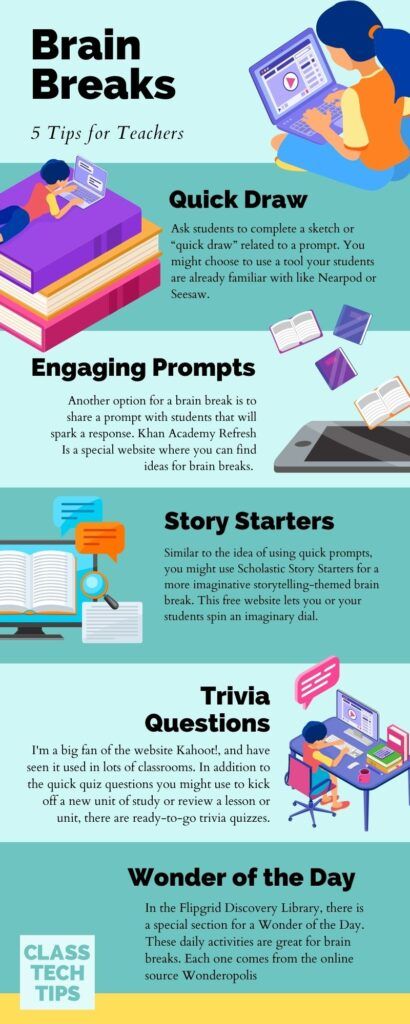 Play some inspirational music and walk around until the music stops. When it stops, stand on the plate and read it out loud. How can you apply it to the current challenge?
Play some inspirational music and walk around until the music stops. When it stops, stand on the plate and read it out loud. How can you apply it to the current challenge?
Keep repeating walking with music until the frustration has subsided and the growth mindset has kicked in. Then, return to the challenge and use those growth mindset ideas from the plates to help you look at your challenge differently than you did before.
Download the facilitator guide for Growth Mindset Musical Plates
| Pro Tip: This activity does require some preparation ahead of time, but once the plates are made, you can bring them out again and again to help your students develop a growth mindset. Decorating the plates can also be a creative brain break activity! |
Explore more SEL resources for educators:
5 Social-Emotional Learning Activities for High School
6 Middle School SEL Activities to Support Growth and Transitions
SEL for Elementary Schoolers: 6 Everyday Activities for Your Classroom
Morning Meetings: Cultivating a Culture of Care and Safety
The Lunch Bunch: A Small-Group Intervention for Building Social Skills
101 Inclusive Get-To-Know-You Questions for Students
Download the toolkit: Small-Group SEL Facilitation Guides [6 Activities]
Brain Breaks - 20 awesome ways to energize your students FAST!
Brain Breaks Can Be Quick!
Do you use Brain Breaks with your students?
You should!
This amazing guest post about why kids need to move from pediatric occupational therapist Loren Shlaes was so popular that I decided to follow it up with a list of Brain Breaks for kids!
These are great to use anytime your students are feeling restless and are struggling to pay attention.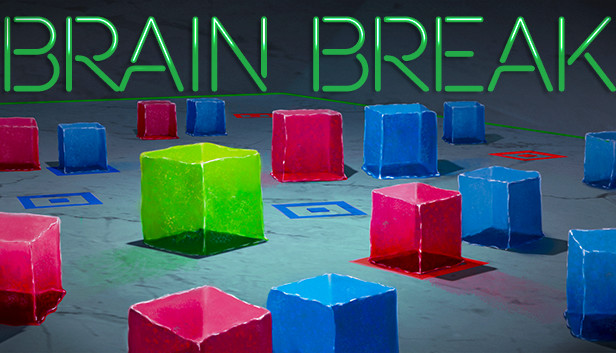
Most of these will only take a few minutes, and then you can get back to the lesson with your students ready to focus on the lesson at hand.
20 Brain Breaks You Can Use Today!
- 5-4-3-2-1 In this simple game, students stand up and the teacher (or leader) has them do five different movements in descending order.
For example the teacher would say: “Do five jumping jacks, spin around four times, hop on one foot three times, walk all the way around the classroom two times, give your neighbor one high-five (pausing in between each task for students to do it).
Here's a DIGITAL VERSION you can use!
You can use this FREE brain break activity either face-to-face or over Zoom for Distance Learning! This activity is fun to use and can even be customized!
Watch the video to see how this quick and easy activity works!
Click here to get your own copy. Once it’s yours, you can customize it for your own students or use it as is!
Be sure and check out our new blog post:
- Trading Places Have students stand behind their pushed-in chairs.
 Call out a trait, and everyone who has that trait must change places with someone else (students who do not have the trait stay where they are). Examples: “Everyone with curly hair.” “Everyone who ate cereal for breakfast.” “Everyone who is wearing stripes.”
Call out a trait, and everyone who has that trait must change places with someone else (students who do not have the trait stay where they are). Examples: “Everyone with curly hair.” “Everyone who ate cereal for breakfast.” “Everyone who is wearing stripes.” - Six Spots Number six spots around your room from 1-6. Have students each go to a spot of their choice. Choose a student to roll a die (if you can make a big one out of foam, it adds to the fun). All the students at the number rolled must go back to their seats. Students that are left go to a new spot, and the die is rolled again. Continue until only a few students are left. You can click here for a digital dice you can project!
- Mingle, Mingle, Group! In this game students mill about the classroom saying, “mingle, mingle, mingle” in soft voices until the teacher says, “Groups of 5,” at which point the students must quickly group themselves into groups with the correct number of people.
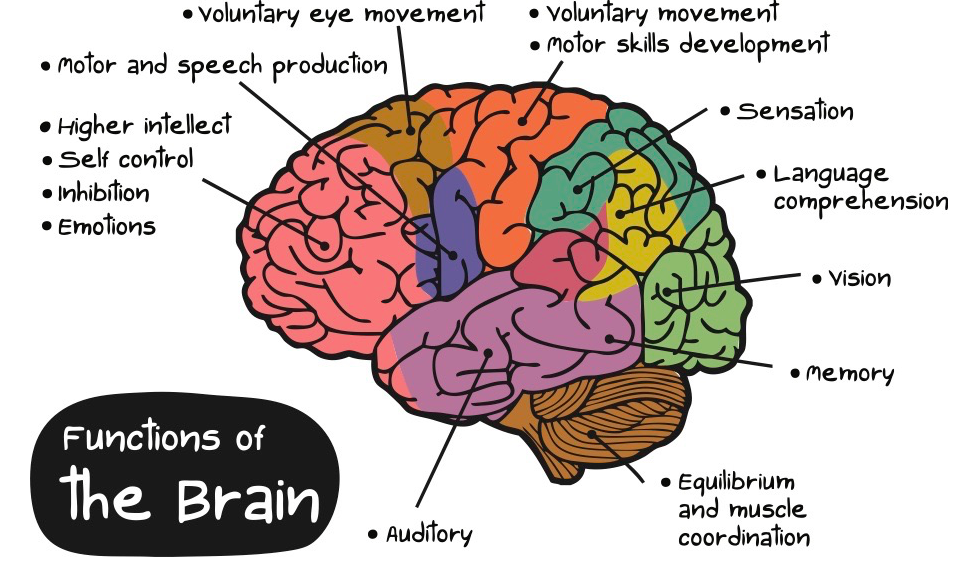 Students who are left over must do three jumping jacks before the next round starts. The teacher can call out any number for the group size. You can also add rules such as: as soon as a group is complete, all members must sit down in a line.
Students who are left over must do three jumping jacks before the next round starts. The teacher can call out any number for the group size. You can also add rules such as: as soon as a group is complete, all members must sit down in a line. - Dance Party! Put on some rockin’ music and dance! If you can make the room semi-dark and have a black light or other special effect, your kids will love it!
- Freeze Dance! Similar to Dance Party, except that every so often the music stops, and students must freeze and hold the position they are in until the music begins again.
- Name Moves Students stand behind their chairs. In turn, each student says his or her name accompanied by a special movement. For example a student might say, “Kayla!” while dramatically dropping to one knee and doing Jazz Hands. After the student does his or her move, the rest of the class says the student’s name in unison and imitates the move. Then it is the next student’s turn.
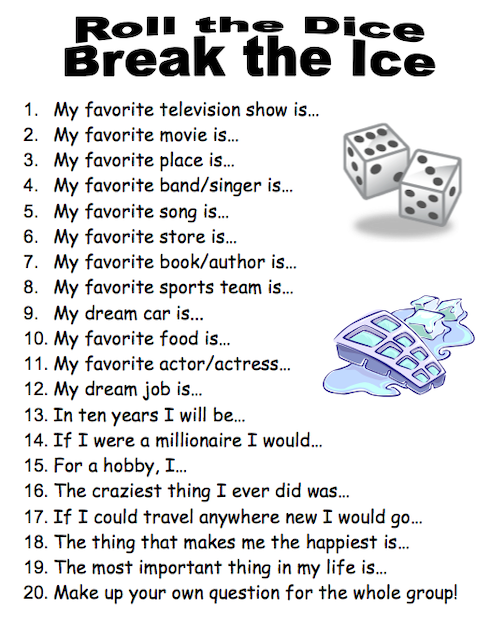
- Keep It Up Students must keep a beach ball from hitting the ground. Add two or three balls to make it even more fun.
- Simon Says An oldie but a goody!
- Movement Songs Sing a song with whole-body movements, such as, “Head, Shoulders, Knees, and Toes,” “Father Abraham,” “Toe-Knee Chest-Nut,” “Shake Your Sillies Out (Raffie),” “Grand Old Duke of York,” “My Bonnie Lies over the Ocean,” etc.
- Recorded Movement Songs Older students might enjoy a simple Zumba routine, YMCA, or the Macarena. Littler ones will love Sesame Street’s A Very Simple Dance to Do.
- Animal Pretend Younger children will enjoy pretending to be various animals (or even objects such as lawn mowers or airplanes). Call out a few in sequence.
- Would You Rather Ask a “would you rather” question and have students show their choice by moving to one end of the room or the other. Have a few kids share why.
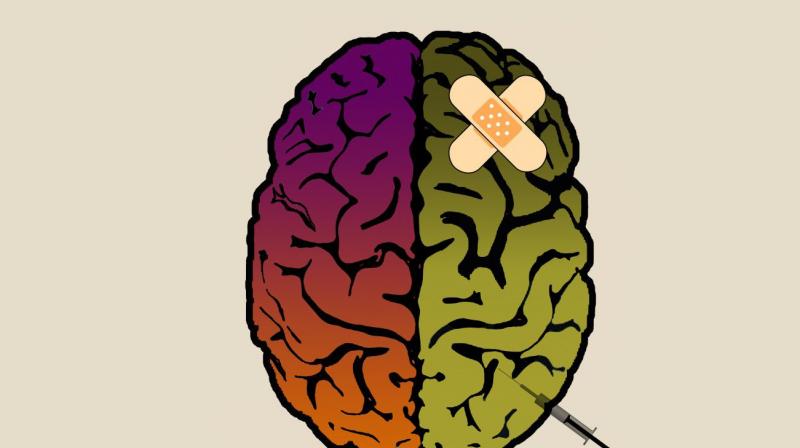 Here are 20 free “Would You Rather” Questions to get you started.
Here are 20 free “Would You Rather” Questions to get you started. - Find It Fast Call out a color or other trait (e.g. something round, something made of wood), and students must find an object in the room that fits the trait and get to it quickly.
- Physical Challenges Challenge students to do something physically difficult, such as standing on one foot with arms extended, or this one: Grab your nose with left hand, and grab your left earlobe with your right hand, and then quickly switch so that your right hand is on your nose and your left hand is grabbing your right earlobe. Yoga poses could also be a good variation.
- Plates Give each student a paper plate. Students must walk around the room balancing the plates on their heads. If a student drops his or her plate, the student must freeze until another student picks it up and places it back on the student’s head (while keeping his or her own plate in place, of course).
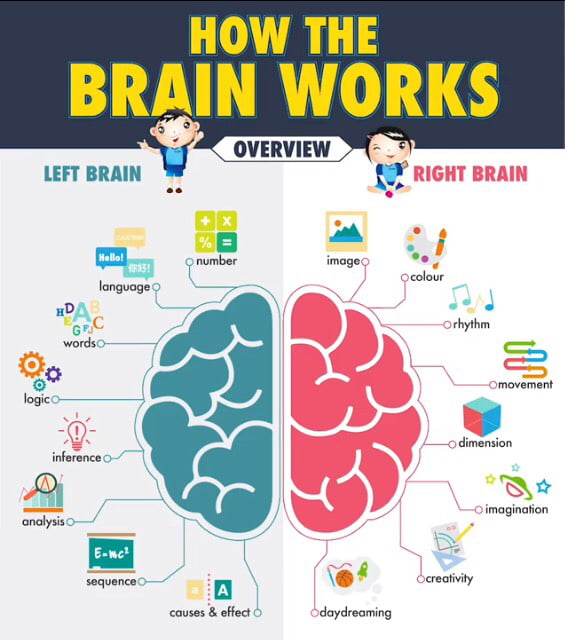
- Line Up! Have students line up using a specific criteria, such as age (use day and month, not just year), height, alphabetically by middle name, hair length, etc.
- Limbo All you need is a long stick and a pair of kids to hold it. Music is nice, too.
- Human Knot Divide students into groups of about eight students. Have students each grab right hands with someone who is not directly next to them. Then do the same with left hands. The challenge is to untangle and become a circle without releasing hands.
- Jump Skip Counting Have students count by twos, fives, tens etc. while jumping with each count. You could also practice spelling words this way.
The resource comes with a RANDOM Brain Break Chooser!
CLICK HERE!
What’s your favorite Brain Break? Leave it in the comments!
Brainstorm | v1.ru - news of Volgograd
The human brain is the most perfect, unique and ideally adjusted biological mechanism.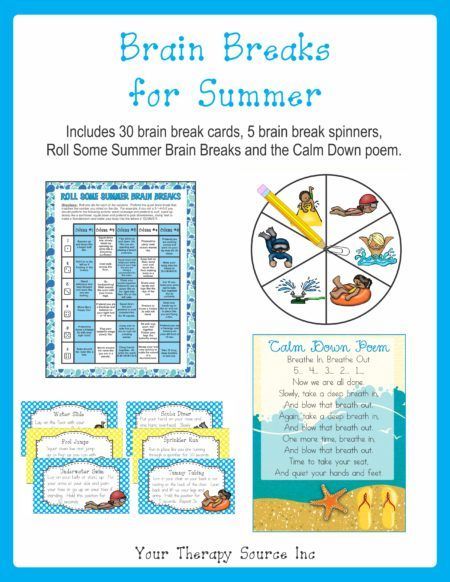 There is nothing superfluous in it, but modern people, according to scientists, use only 10 percent of what is necessary and even necessary. As much as 90 percent of the gray matter is unclaimed throughout life. A huge number of neurons are never included in the work and do not benefit a person.
There is nothing superfluous in it, but modern people, according to scientists, use only 10 percent of what is necessary and even necessary. As much as 90 percent of the gray matter is unclaimed throughout life. A huge number of neurons are never included in the work and do not benefit a person.
Over 200 million years of evolution, the brain has tripled its mass and now it is almost 2.2 percent of the total human weight. The brain absorbs a fifth of the oxygen needed by the entire body. Lack of oxygen to the brain for one minute leads to loss of consciousness, and a break of eight minutes - to the termination of life. The brain consists of 20 billion cells and about 300 billion intercellular connections.
What's in the box?
From the outside world, the most delicate tissues of the brain are protected by the cranium, inside the cerebrospinal fluid protects against concussions. In extreme conditions, when the body is starving, the brain takes the vast majority of nutrients.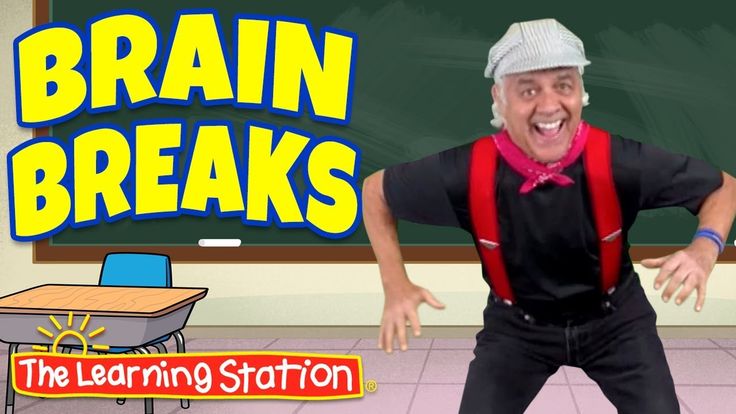 If he loses fifty percent of his body weight, he loses only fifteen percent.
If he loses fifty percent of his body weight, he loses only fifteen percent.
From above, the brain is covered with a thin gray layer with furrows and convolutions. This is a nerve tissue called the cerebral cortex. Its thickness in different parts of the cerebral hemispheres ranges from 1.3 to 4.5 mm. It consists of fourteen to sixteen billion neurons, the main functional element of the nervous system. It is here that the thinking center is located with direct and feedback connections, which are carried out through vertical bundles of fibers.
Information flows from the sense organs to the cortex through nerve impulses and chemical signals. After processing, it is sent back in the form of commands and serves as a guide to action for various parts of the human body. The bulk of the brain (about 70 percent) falls on the cerebral hemispheres. They are symmetrical and interconnected by the corpus callosum (a bundle of processes of neurons), which ensures the exchange of information between them.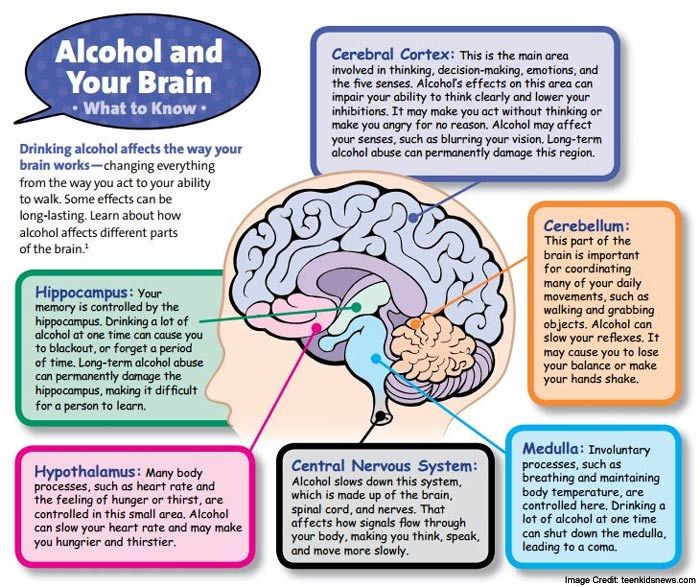
The hemispheres consist of the frontal, temporal, parietal and occipital lobes. In the frontal lobes - centers that regulate motor activity, in the parietal lobes - zones of bodily sensations. The temporal lobes are responsible for hearing, speech centers, memory, and the occipital lobes convert the rays of light falling on the retina into visual sensations. Beneath the cortex lie the brain nuclei, which are made up of clusters of neurons, such as the hypothalamus and thalamus.
The hypothalamus is a small part of the brain that controls the homeostatic functions of the body. The thalamus is responsible for wakefulness and attention. The cerebellum, which is hidden under the occipital lobes of the cerebral hemispheres, is responsible for the position of the head, torso and limbs, that is, for making a person feel comfortable standing vertically on the ground. It also plays a decisive role in the formation of various skills necessary for everyday life.
The average weight of an adult brain is one and a half kilograms.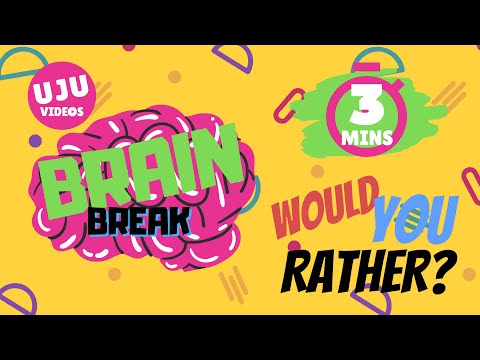 True, there are also such specimens of gray matter that weigh two kilograms. But large volume and mass are not signs of a powerful intellect. Here, there are completely different criteria that have not yet been practically studied.
True, there are also such specimens of gray matter that weigh two kilograms. But large volume and mass are not signs of a powerful intellect. Here, there are completely different criteria that have not yet been practically studied.
Right and left are not twin brothers
The main distinguishing feature of the right hemisphere - imaginative - thinking is the ability to perceive objects and phenomena in a holistic, complex way, with simultaneous and even instantaneous processing of many, if not all of their parameters. And left-brain thinking is endowed with the ability to sequentially process information, when cognition occurs step by step, and due to this it is analytical, not synthetic. In other words, the right hemisphere, as it were, immediately grasps the whole picture of the world as a whole, while the left hemisphere forms it gradually, from separate, carefully studied details.
“However, the ability to grasp instantly is by no means an exclusive privilege of the right hemisphere,” writes doctor of medical sciences, psychiatrist Vadim Rotenberg . That's what the next experiment showed, he says. A person was alternately shown a set of relatively simple signs (letters or geometric shapes) in the left and right visual fields (respectively, in the right and left hemispheres) and was asked to determine as soon as possible whether they were all the same. They could differ in some one specific feature, as, say, the letter T differs from the letter G - in one stroke.
That's what the next experiment showed, he says. A person was alternately shown a set of relatively simple signs (letters or geometric shapes) in the left and right visual fields (respectively, in the right and left hemispheres) and was asked to determine as soon as possible whether they were all the same. They could differ in some one specific feature, as, say, the letter T differs from the letter G - in one stroke.
It turned out that the left hemisphere copes with such tasks no worse, and sometimes even better than the right one: when information was presented in the right visual field, associated only with the left hemisphere, the subject gave the correct answers faster than in the same experiment with the left visual field, perceived by the right hemisphere. This means that the left hemisphere is, in principle, capable of simultaneously perceiving and evaluating several presented objects. But here, too, this succeeds only in those cases where the problem is essentially analytical in nature and the objects are compared only on a few grounds.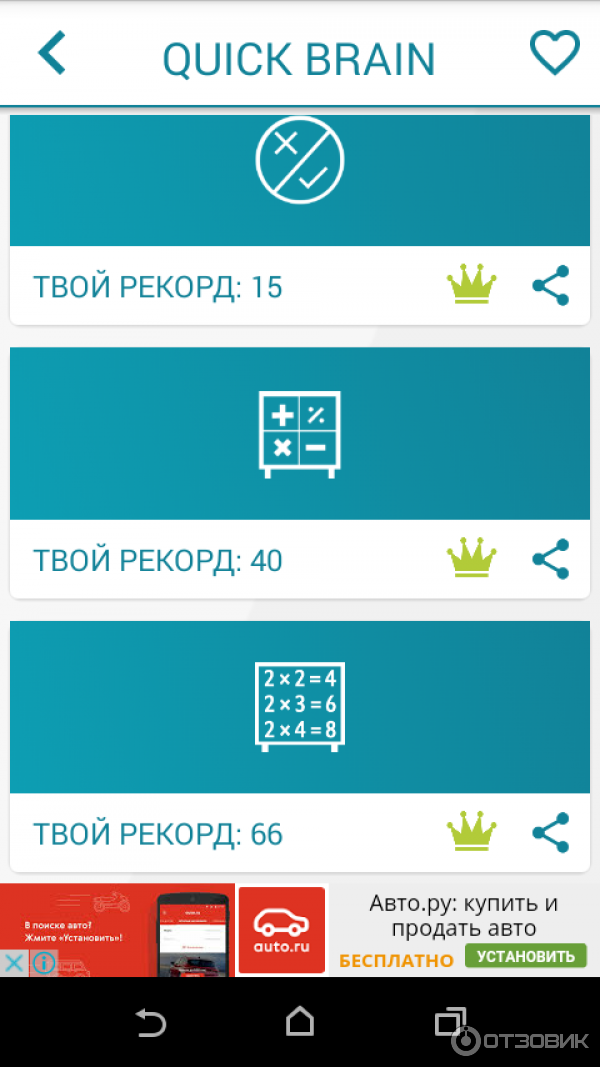
If the comparison should be made not between individual specific and simple features, but between complex integral images, the advantage always turns out to be on the side of the right hemisphere. For example, in cases where you need to compare two photographs of a human face or two works of art. In such cases, not individual features are compared, but their entire set, with all the numerous mutual connections that create a single artistic impression.
The difference between the two types of thinking comes down to the principles of composing a coherent context from individual pieces of information. Left-brain thinking creates an unambiguous context from these elements. That is, from all the countless connections between objects and phenomena, it actively selects only a few that are most essential for this particular task. So, for example, the word "braid" can mean either the shape of a woman's hairstyle, or a piece of land protruding into the sea, or an agricultural implement.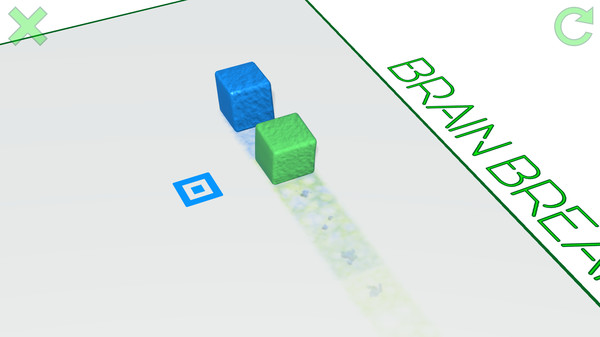 In a particular sentence, the words acquire the only meaning they need in this case.
In a particular sentence, the words acquire the only meaning they need in this case.
“The strategy of right brain thinking is based on opposite principles. It creates a multi-valued context, thanks to the simultaneous grasping of almost all signs and connections of one or many phenomena. If logical-sign thinking forms a model of the world that is convenient for analysis, but somewhat conditional and limited, then figurative thinking creates a new and full-blooded, natural image of the world. Separate properties, facets of images interact with each other in several “semantic planes” at once, which, in fact, creates the effect of ambiguity,” says Vadim Rotenberg.
Secrets and undiscovered possibilities
Academician Natalia Bekhtereva, one of the world's leading experts in brain research, together with a team of talented scientists, found out that certain emotions (fear, anxiety, pleasure, etc.), hallucinations, obsessions. You can treat mental illness in this way. Not a single behavioral act is possible without the appearance of negative potentials at the cellular level.
Not a single behavioral act is possible without the appearance of negative potentials at the cellular level.
Marking of the brain (brainmetrics) - that is, the designation of which area of the brain is responsible for what - arose in the last century. However, as it turned out, this method does not provide unambiguous information about the brain: if such experiments are carried out day by day, it turns out that there are many parts of the brain that today behave in the same way, tomorrow they can turn off, the day after tomorrow they can turn on again.
It was possible to prove that the system for ensuring brain activity consists of the so-called rigid and flexible links. Rigid links behave the same regardless of conditions, while flexible links behave differently under different conditions. The latter are a reserve from which the brain can draw when we have to solve a problem under adverse conditions, such as the sound of a waterfall, or the silence of an office (the absence of external stimuli is just as stressful for us as powerful external stimuli).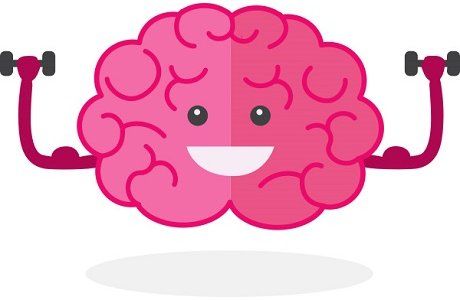
The brain can work as a whole in very poor, marginal conditions. Under normal conditions, the brain works with the help of hard links and a small number of flexible links. Flexible links also give the brain the opportunity to restore its functions in case of damage. In addition to direct registration of the activity of brain links, “error detector” structures were opened in the brain that protect us from mistakes, for example, when we leave an apartment, they do not allow you to leave an opportunity for a flood or a fire in it.
There are people who have phenomenal abilities for counting and memorizing. According to Natalia Bekhtereva, a quick count is obtained because their brain starts to work in a different time mode. The mode by which we live is an adaptive time mode, the most convenient on our planet. And the brain is able to work in different modes, which is proved by extreme situations, when a person sees in detail the process of a shell burst, as if in a very slow motion film, or literally thinks through his whole life in seconds.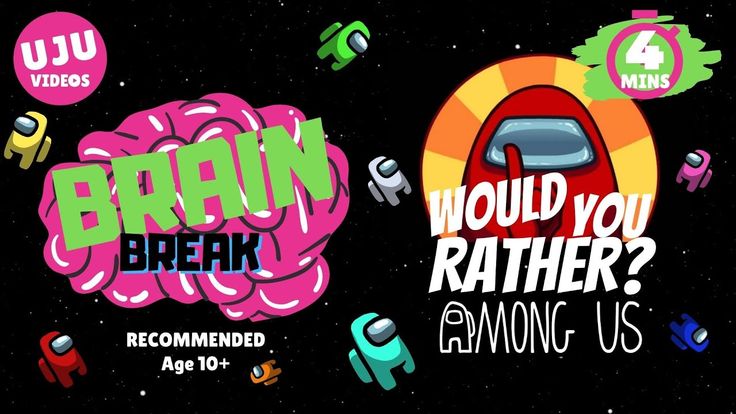
When does the inner voice sound?
Intuitive knowledge has nothing to do with the laws of logic. Logical thinking is based on collecting information, analyzing facts, establishing a causal relationship between them and formulating conclusions. Intuition, on the other hand, suggests a ready-made answer that appears from nowhere. “The first thought is the most correct,” this position has long become an indisputable folk wisdom that has become part of sayings and proverbs. This “best first thought” is actually a glimmer of intuition pointing in the right direction.
What the people have long ago assimilated empirically and adopted, as they say, into service, has recently begun to be confirmed by scientific experiments. It has been established that people with developed intuition are able to quickly navigate in the most difficult situations and instantly make accurate decisions. In some experiments, groups of subjects were asked to perform a variety of tasks - with numbers, words, pictures - each of which contained some gap in the information.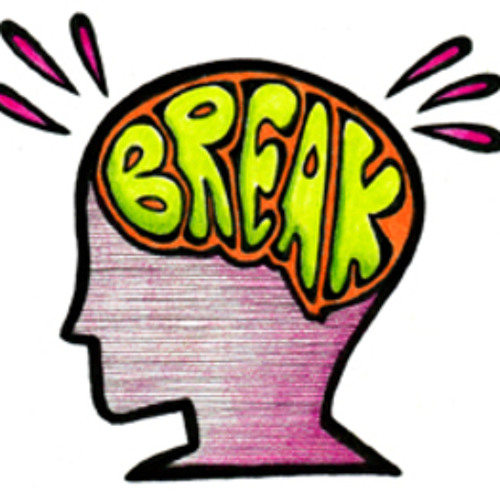 The subjects had to "restore" this gap. The results showed that those who followed the "logical" path invariably failed. Some tried to solve the task by the “poke method”, at random. And only a few came to the correct result with the help of intuition!
The subjects had to "restore" this gap. The results showed that those who followed the "logical" path invariably failed. Some tried to solve the task by the “poke method”, at random. And only a few came to the correct result with the help of intuition!
Scientists associate intuitive thinking with the work of the right hemisphere of the brain. This should indicate that lefties (the right hemisphere of the brain "manages" the left side of the body, and vice versa) should have a better developed intuition. And indeed! In numerous tests of intuition, left-handed people always perform better than the “right-handed” majority. Even until recently, "left-handedness" was considered a defect that they tried to correct with the help of medicine, and children - young left-handed people - were seriously "educated" in "right-handed" traditions: parents were worried that they were growing "defective" children. Meanwhile, the great Leonardo da Vinci was left-handed, and this did not stop him from writing "Mona Lisa".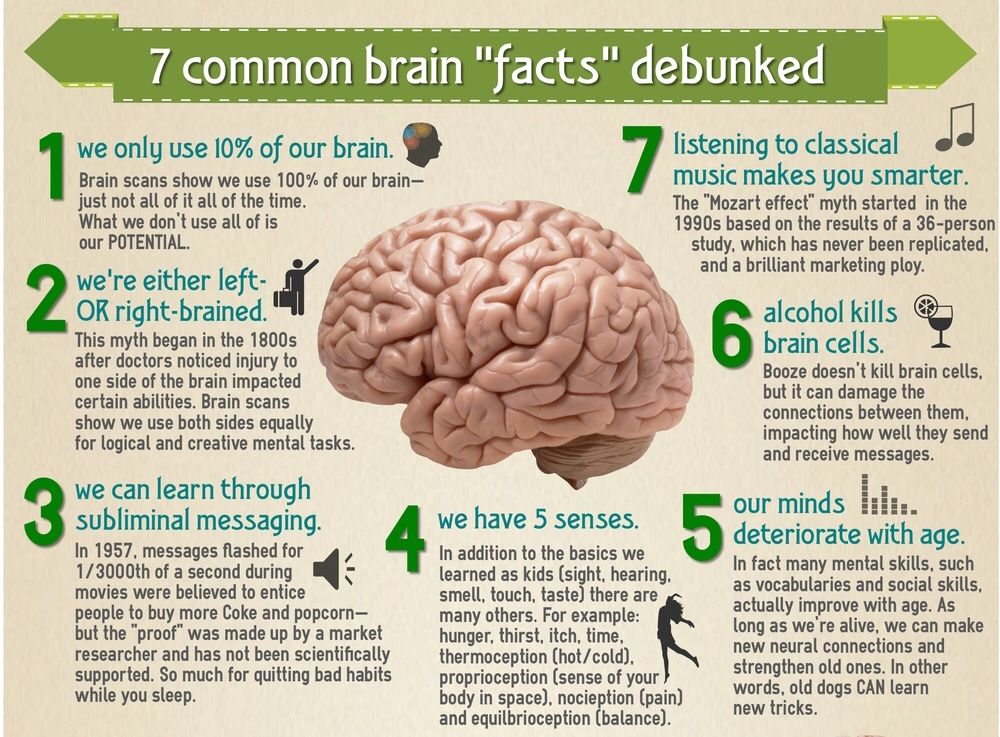
We, however, live in a “right-handed” civilization. All the objects around us are adapted to the right hand. The system of education and upbringing is designed from childhood to develop in us the left half of the brain - that is, logic, rational thinking. “Only without speculation, please rely on data,” this dry phrase, a kind of slogan of “right-handed” civilization, sounds like a refrain throughout life. And intuitive thinking is relegated to the back of consciousness...
STAGES OF SLEEP. DEEP, LIGHT AND REM SLEEP
We usually think of sleep as one single experience when we go to bed every night. But our mind and body experience different phases of sleep during the night, each with its own characteristics and benefits.
DIFFERENT STAGES OF SLEEP
Sleep stages are formed by two different types of sleep: non-REM sleep (NREM sleep) and REM sleep (REM sleep). However, before we reach these periods of sleep, there is a stage where we are simply awake.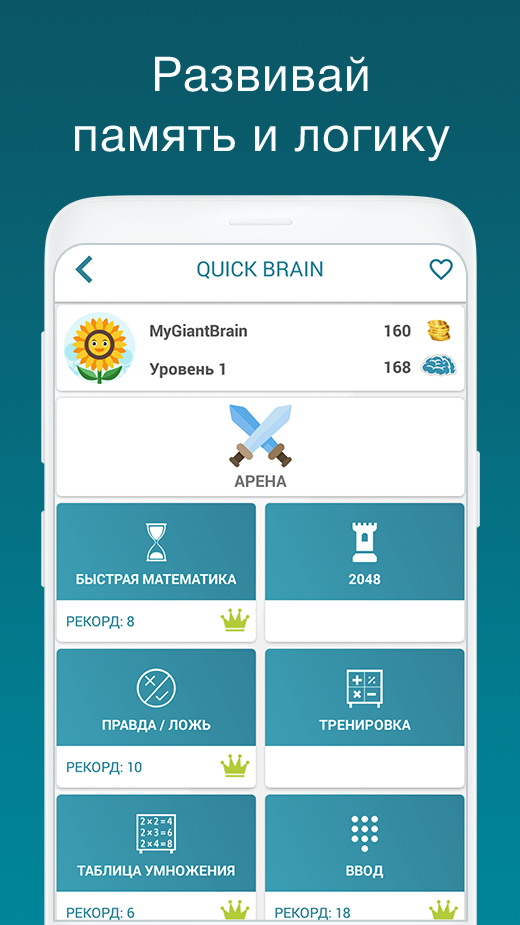 To fall asleep, we begin this stage at rest.
To fall asleep, we begin this stage at rest.
NREM sleep stages is when our body slows down. All activity related to our brain waves, heartbeat, breathing and muscles is reduced to a lower level than when we are awake as our body uses this time to repair and improve our various systems. It is also a type of sleep that is rarely associated with the dream state (although vivid dreams can still occur, but are less likely).
Stages of non-REM sleep include:
- First stage: the easiest stage of sleep. Our entry point is where we begin the transition into deeper sleep but are still easily woken up by the noises around us.
- Second stage : Deeper stage of sleep when heart rate and body temperature decrease, but loud noises can still wake us up. This stage is characterized by rapid bursts of high-frequency brain waves thought to be important for learning and memory.
- Third stage : Often referred to as deep sleep or non-REM sleep.
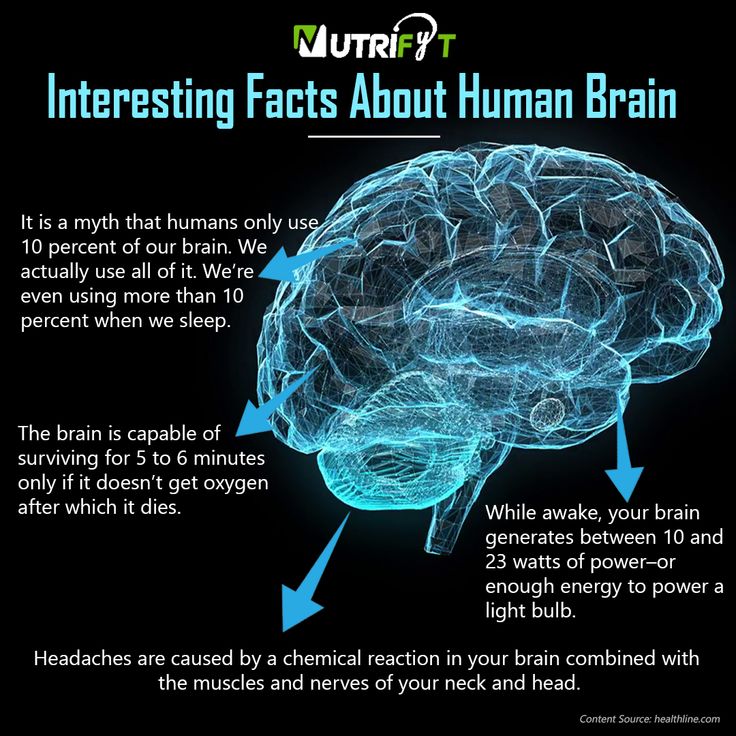 It is very difficult for us to wake up in stage 3. In this stage, the body repairs tissues, builds bones and muscles, and strengthens the immune system.
It is very difficult for us to wake up in stage 3. In this stage, the body repairs tissues, builds bones and muscles, and strengthens the immune system.
REM sleep is REM sleep when our body experiences bursts of rapid eye movements and brain activity, similar to how our body behaves when we are awake. This is a type of sleep associated with vivid dreams and a kind of sleep paralysis where our muscles lose the ability to move (so it's not the stage where people sleepwalk, for example). REM sleep is vital to our memory and emotional regulation as our brain processes and clears what we no longer need.
HOW LONG IS A SLEEP CYCLE?
All of the above stages of sleep together form a whole sleep cycle, which usually lasts from 90 to 110 minutes. So, if you sleep eight hours a night, your body will complete several sleep cycles that will repeat until you wake up.
During the night, each sleep cycle is different: the deepest sleep occurs in the first half of the night, and the REM sleep occurs in the second half.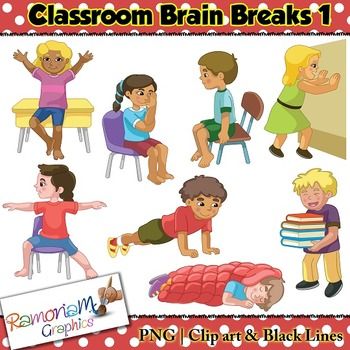 So by the time you get to the early hours of the morning, you'll basically be alternating between NREM sleep and REM sleep.
So by the time you get to the early hours of the morning, you'll basically be alternating between NREM sleep and REM sleep.
HOW LONG IS EACH STAGE OF SLEEP?
During each sleep cycle, the body experiences each stage of sleep for varying durations, depending on how long you rested. Here is how long each sleep stage lasts in adults:
- NREM Stage 1 : 1 to 7 minutes in our initial sleep cycle, which is 5-10% of total sleep duration.
- NREM Stage 2 : 10 to 25 minutes in the initial sleep cycle and lengthens with each successive cycle, eventually accounting for 45 to 55% of our total night of sleep.
- NREM Stage 3 : 20 to 40 minutes in our initial sleep cycle and accounts for about 15-25% of our total night's sleep.
- REM sleep : only 1 to 5 minutes in the initial sleep cycle, but lengthens with each successive cycle.
HOW MUCH SLEEP SHOULD I GET IN THE RAPID PHASE?
As already mentioned, REM sleep begins in short periods and then gradually becomes longer.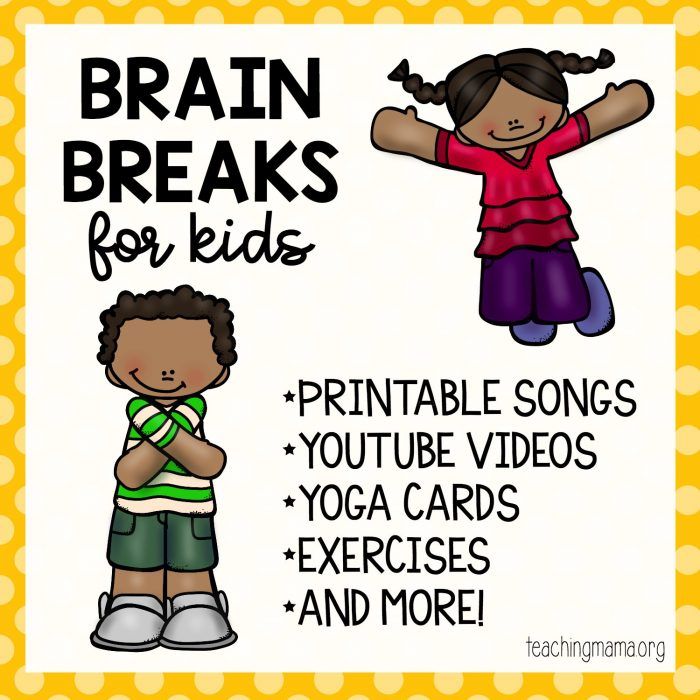 We usually have our longest REM sleep in the morning, just before waking up. That's why you often remember your dreams more clearly if you've had a long, uninterrupted night of sleep.
We usually have our longest REM sleep in the morning, just before waking up. That's why you often remember your dreams more clearly if you've had a long, uninterrupted night of sleep.
Since we have several intervals during the night, each of a different duration, it is not easy to determine exactly how much REM sleep we need. However, if we don't get enough sleep throughout the night, we are more likely to miss sleep cycles with longer sleep stages. Thus, an adult needs at least seven to nine hours of sleep each night.
DEEP SLEEP OR LIGHT SLEEP?
When we talk about light and deep sleep, we mean the stages of non-REM sleep. Light sleep occurs in stages 1 and 2, and deep sleep occurs in stage 3.
As we saw above, all stages of sleep are important because they work together in a cycle to allow our body to fully rest and regenerate throughout the night. Therefore, it is very important to get a good night's sleep in order to have a good rest and benefit from the different stages.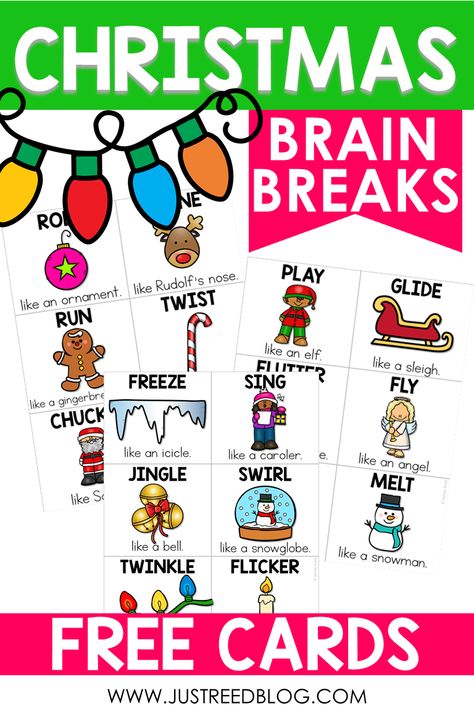
Often, when our sleep is disturbed, we lose deep sleep. This means we miss out on the time our bodies need each night to reap the benefits of phase 3 sleep, such as improving your memory and learning functions, supporting cell growth, and boosting your immune system.
If you are interested in getting enough deep sleep every night, you should rethink your sleep patterns to create the ideal conditions for a full night's rest. Some studies have also shown that exercising 90 minutes before bed can increase the duration of deep sleep (but may decrease the duration of REM sleep).
While deep sleep is vital, light sleep also has its benefits. For example, when we wake up naturally during this part of our sleep cycle, we are more likely to feel rested and ready to start the day—a very different morning feeling than when an alarm goes off while you are in deep sleep.
SLEEP CHANGES WITH AGE
If you slept until noon as a teenager and wake up at dawn as an adult, you have probably noticed how your sleep changes throughout your life.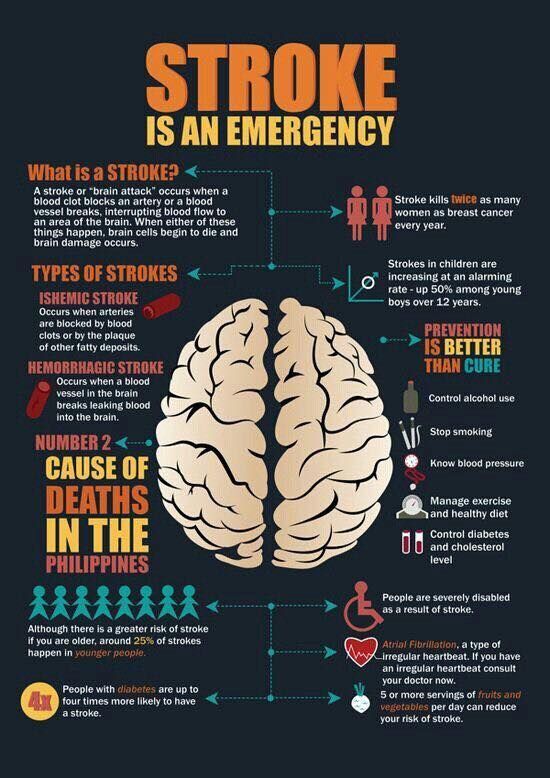 This is how our need for sleep and experience of sleep change as we age.
This is how our need for sleep and experience of sleep change as we age.
- Newborns and infants : Babies initially need 14 to 17 hours of sleep, usually in chunks throughout the day. By their first birthday, they typically sleep between 11 and 14 hours a night, mostly at night, with little to no daytime naps. Interestingly, newborns have a completely different sleep architecture, and it also takes their bodies three months to understand circadian rhythms.
- Young children : Although the need for sleep (including naps) is decreasing, children around the age of five still need about 12 hours per day. As children get older through their teens, the need for sleep decreases to about 9-11 hours each night.
- Adolescents : Adolescents need about 8-10 hours of sleep each night and may experience afternoon sleepiness at various stages of puberty.
- Adults : Sleep cycles remain relatively stable throughout adulthood until about age 65, with the average adult needing 7-9 hours of sleep each night.
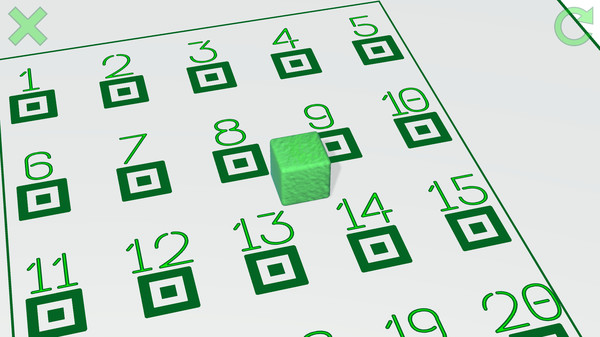
Learn more

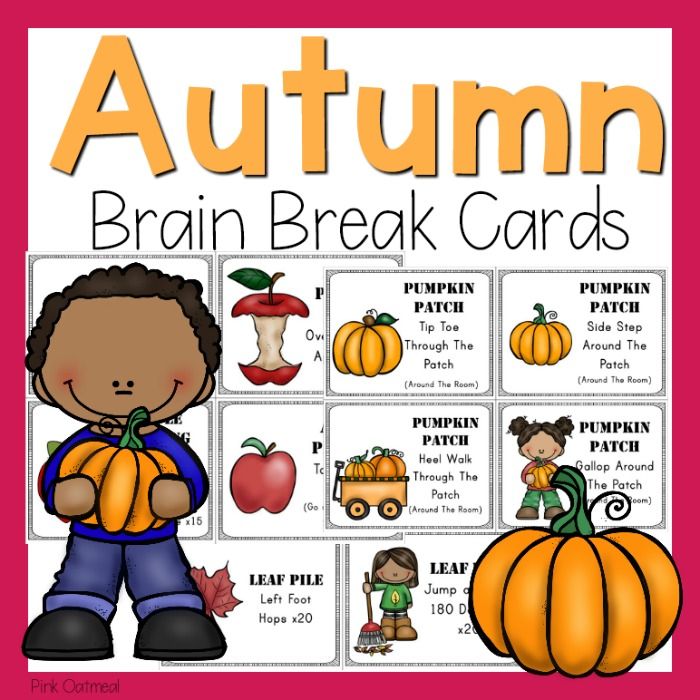 Create opportunities to practice breathing techniques and use them to help students during transitions or as a brain break.
Create opportunities to practice breathing techniques and use them to help students during transitions or as a brain break.